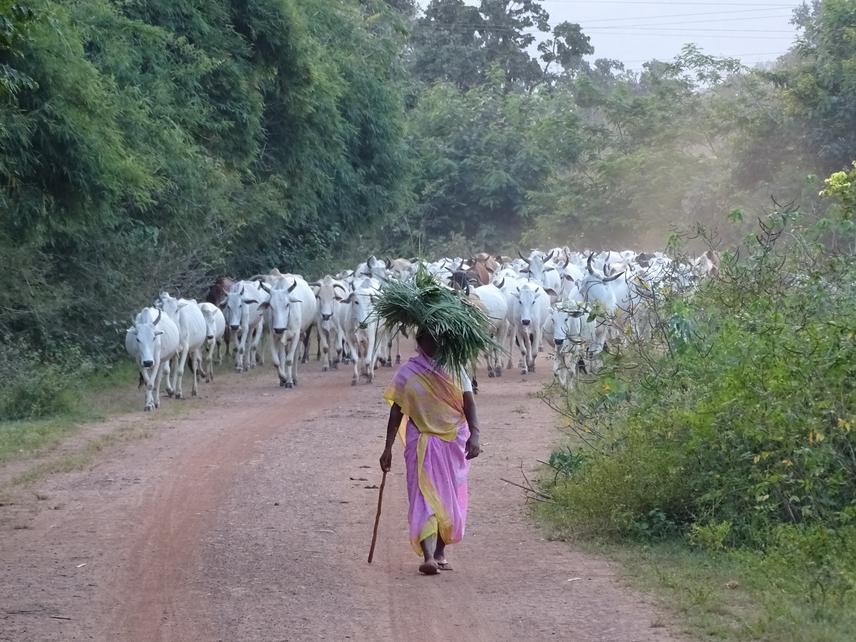Mahi Puri
Other projects
18 Sep 2018
Prioritizing and Identifying Opportunities for Carnivore Conservation In Human-Dominated Landscapes of India
The aim of the project is to understand the distribution and status of leopards and sloth bears outside the protected area network in central India.
Specifically, the objectives are to examine the distribution patterns of the focal species in non-protected areas of the Kanha-Pench landscape, to assess the influence of environmental and anthropogenic factors that drive patterns of distribution and space-use, and to determine the extent of human-wildlife conflict, thresholds of human tolerance and acceptance of wildlife and, factors driving these conflicts and perceptions.

Protected wildlife reserves have been successful as population refuges for several threatened species of conservation importance. In India, such reserves constitute a mere 4% of its total land area.
Concurrently, the focus of conservation in India has been somewhat limited to mammals within protected reserves. Although large mammals, including carnivores such as wolves, leopards, bears, foxes and hyenas, among others, live in multi-use, unprotected landscapes with high human and livestock densities, conservation research has also largely been directed towards certain charismatic species. As a result, conservation interventions and policy have been inadequate in addressing the ecological requirements and challenges of relatively widespread species, most of which occur in predominantly human-use landscapes.
Despite their potential to support large populations of carnivores, large swathes of multi-use forests, open scrub, grasslands and barren lands are severely under-represented in the country’s protected area network. These areas are also vulnerable to risks of conversion for agricultural and industrial purposes. With large-scale land-use changes, driven by the current Government’s development-centric mandate, it is crucial to understand the ecology of carnivores in human-dominated landscapes. This will help prioritize wildlife areas within these landscapes such that conservation interventions can focus on facilitating cohabitation, ensuring greater space for wildlife, reduce human-wildlife conflict, as well as to ascertain effective measures to mitigate or pre-emptively prevent unfavourable (wildlife-unfriendly) outcomes of anthropogenic activities.
Additionally, since human-wildlife interface is high in such areas, it is also important to understand the thresholds of social and cultural tolerance and acceptance towards wildlife. This knowledge could contribute towards conservation planning, managing wildlife populations outside reserves and integrating wildlife-permeable habitats with the extant protected area network.
Large carnivores like leopards and sloth bears are found in multi-use habitats, persisting alongside expanding human populations. Although these species are able to adapt and live in heterogeneous landscapes, they are still vulnerable to severe anthropogenic threats. Over the last 100 years, leopards and sloth bears have experienced 36% and 39% contraction in their historical ranges, respectively. Despite their widespread occurrence across India, only sparse information or anecdotal reports are available on their ecology and distribution.
Dearth of reliable information has hindered conservation efforts for these species, both for the purpose of assigning conservation status, and for assessing threats to their persistence. Further, the presence of these large mammals in human-dominated areas increases negative human-wildlife interactions. Since these species are potentially dangerous and may pose threats to humans and domestic livestock, human-induced mortality of carnivores is frequently associated with such conflicts.